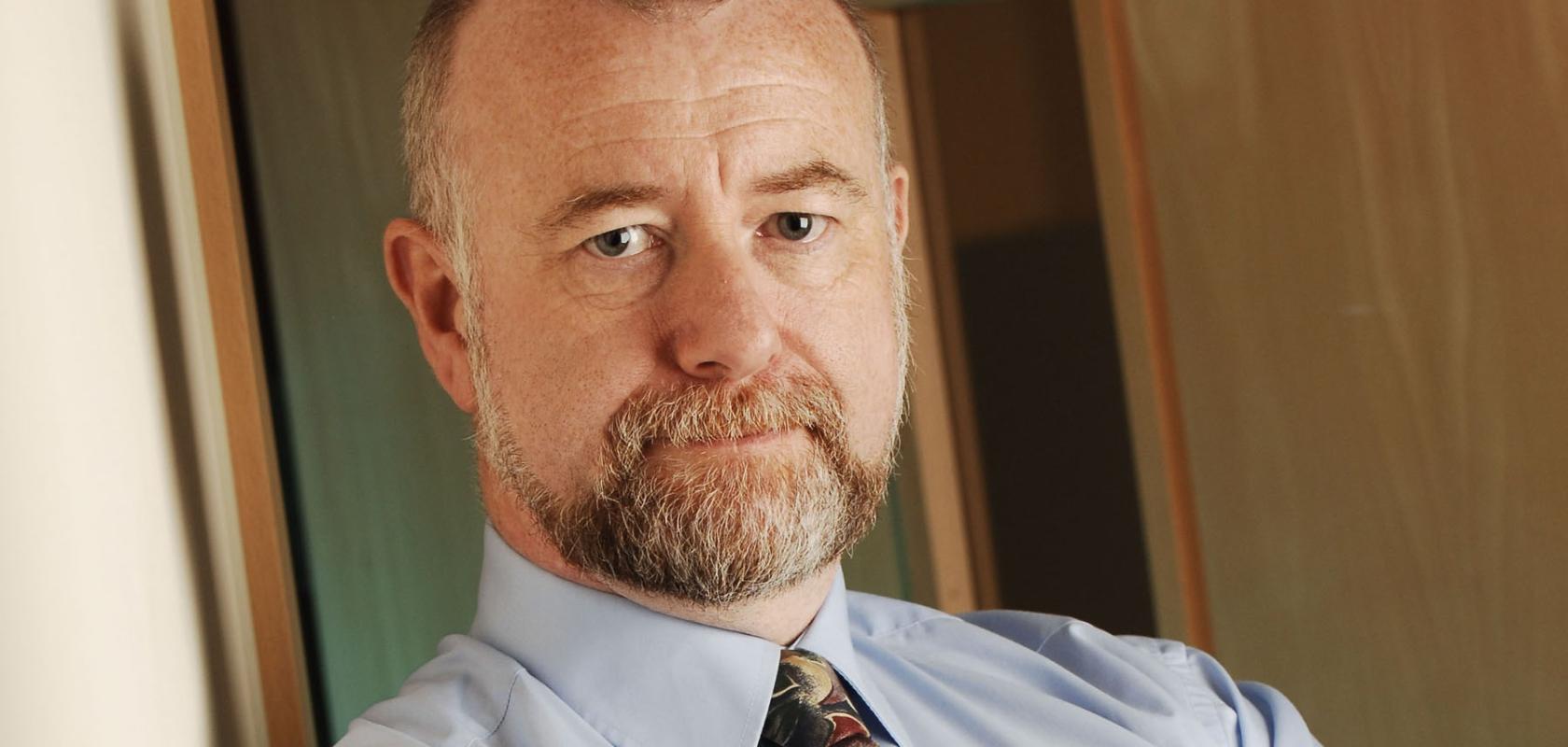Geoff Bennett evaluates how 50 years of innovation in optical communications has more recently helped to bring light from the shadow of Covid-19
One of the lessons learned in our COVID-19 experience is a rediscovery that working from home can provide major cost savings while increasing employee effectiveness.
Various studies report that working from home saves $11,000 per year, per employee; increases productivity by 13.5 per cent, and results in employees feeling 60-80 per cent more engaged. Working from home could help our economy get back into the fast lane – but only if we can supply home workers with fast, reliable communication services.
There are many links in the chain to deliver those services, but one of them has returned more than its fair share of value over the decades – fibre optic transmission. Over the past 20 years, long-distance optical fibre capacity has increased by a factor of 200 – regardless of how you access your internet service, the journey of those bits and bytes will very quickly transfer to an optical fibre link. This is because fibre optic communication offers a unique combination of an inexpensive, reliable, and high-power signal source (the laser) with an inexpensive, highly efficient waveguide (optical fibre) that traps in the signal energy and directs it to where we’d like it to go.
At the Covid-impacted OFC conference in San Diego in March, David Welch gave a keynote presentation marking 50 years of innovation and progress in optical communications.
Commercial viability
Let’s be clear that work on the two foundational elements of optical communications – lasers and optical fibre – dates back far longer than 50 years. But 1970 marks the year when these two technologies reached a level of practicality where those involved in the industry realised they could provide a commercially viable and far more scalable alternative to copper cable, satellite communications, or even free-space optics for the delivery of long-distance, high-data-rate communications.
For the laser, the real breakthrough was for five key requirements to be met. The first two are that lasers need to transmit with constant light and must not need liquid nitrogen cooling to work. The final three are that they need to be inexpensive, easy to make in large quantities, and totally reliable in service.
All five of these requirements are uniquely met if we can build lasers with semiconductor manufacturing techniques. This then sets the tone for the evolution of the telecommunications laser – a journey that is really about the growing understanding, control, and manufacturing of microscopic material structures. In particular, the 1970 milestone in laser development was based on the idea of molecular-scale semiconductor lasers known as heterostructures, which were first proposed by Herbert Kroemer in the U.S. in the 1950s. But in 1970, Zhores Alferov in the Soviet Union created a double heterostructure laser that dramatically increased laser efficiency, allowed continuous beam operation, and paved the way for room temperature stability. Alferov and Kroemer shared the 2000 Nobel Prize for Physics.

Line of sight
While we could use lasers to communicate over direct line of sight (a technology known as free-space optics), by directing the optical energy through a ‘light tube,’ or waveguide, we can avoid the signal spreading out, choose a transmission wavelength with very low loss, and thereby send enormous amounts of information over very long distances – including around the curvature of the Earth. This is where optical fibre comes in, and it forms the second vital part of our story. As far back as 1842, the Swiss physicist Jean-Daniel Colladon demonstrated how light could be trapped inside a tube of water that was allowed to pour from a glass container. The Irish physicist, John Tyndall – whose name is used for one of the most prestigious awards in fibre optics – also used this demonstration 30 years later, and he formulated the idea of total internal reflection to explain the effect.
It was evident that glass would make a great waveguide, but at visible wavelengths glass has quite a high signal attenuation. During the 20th century various ideas were tried, including visible spectrum image transmission using a bundle of 10,000 fibres and using optical fibres in the cameras that were used in the Apollo program. But it was during the 1960s that Charles Kao – a researcher at Standard Telecommunications Laboratories in the U.K. – promoted the idea that optical fibre could be a viable medium if the loss could be brought below 20dB/km – and that this could be achieved by a combination of extremely pure glass and using longer wavelengths than visible light.
The 1970 optical fibre milestone that coincides with laser development was achieved by a team at Corning in the United States (Maurer, Keck, and Shultz). They built an optical fibre with an attenuation of 16dB/km. Charles Kao was awarded the 2009 Nobel Prize for his pioneering work, but Maurer, Keck, and Shultz have been honored with many other awards and prizes – in fact, Maurer was the first recipient of the Tyndall Prize, and Keck was a Tyndall winner a few years later.
Linked up
By the early 1980s, optical fibre links were being deployed between cities, and in 1988 the TAT-8 cable was the first trans-Atlantic fibre optic cable, increasing the number of telephone calls supported by a factor of 10 over the previous copper cables.
Today, the highest performing trans-Atlantic cable – known as MAREA – can carry 24Tb/s on each of its eight pairs of optical fibre. This capacity is so great it’s difficult to put it into everyday terms, but it would be enough to stream 38 million high-definition movies simultaneously over a cable that is over 6,600 km long.
This 50th anniversary year celebrates developments from long before 1970, but that was the year when the leading researchers in the fields of semiconductor lasers and low-loss optical fibre must have thought ‘gosh, this could actually work!’
Geoff Bennett is director, solutions and technology at Infinera


